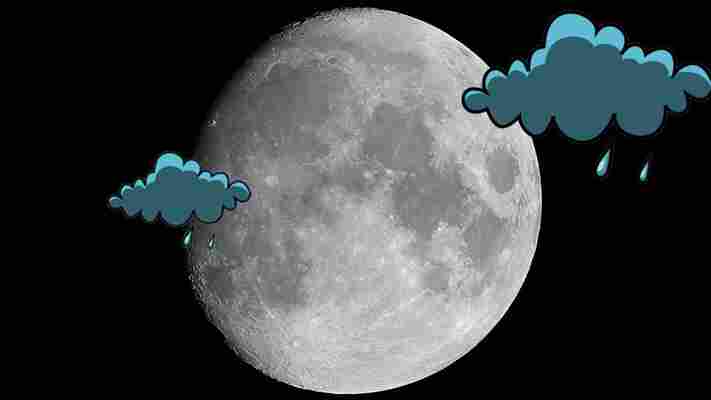Outer space is so often called a “cold void” that it’s easy to forget there’s weather up there too. You won’t see any thunderstorms or tornadoes in space, but our sun’s been cycling through various “seasons” for millions of years and scientists think they’ve figured out how to predict “extreme” weather events in our neck of the universe.

A team of researchers from the University of Reading today published research indicating the window for good weather might be closing for NASA‘s plan to send a crewed spacecraft to the Moon in 2024.
Titled “Extreme Space-Weather Events and the Solar Cycle,” the team’s paper details a “seasonal” weather cycle involving the sun’s polar position and radiation bursts.
Per the research:
In other words: the researchers determined that periods of extreme geomagnetic activity as measured on Earth can be attributed increased solar activity. By timing these “cycles,” the researchers hypothesize they can determine when extreme solar weather events are most likely to happen.
And, of course, the bad news is that we’re not far from entering one of these cycles.
The researchers say extreme activity tends to occur at the tail end of odd cycles and the beginning of even cycles – meaning, for example, there’s a higher likelihood of bad weather at the end of cycle 25 and the beginning of cycle 26.
Per a university press release :
This could be problematic for NASA’s Artemis mission. The crewed Moon mission already exists on a truncated timeline and many experts believe 2024 is simply too soon for a viable, crewed mission.
One of the problems was that former president Donald Trump pushed NASA to move its original timeline of 2028 up to 2024 for apparently political reasons.
Luckily for NASA, the program appears to have survived the transition to the Joseph Biden presidency, but the 2024 date may be in jeopardy.
The problem: The scientists’ warning indicates extreme weather events are more likely from 2025 and on, until the next cycle starts toward the beginning of the 2030s. But this isn’t exactly a showstopper.
If you think about it like terrestrial “extreme weather,” it’s easier to understand. If there’s a storm in Cape Canaveral, we aren’t launching any space craft that day. And if there’s a hurricane, we might delay launch by days, weeks, or even months.
In space things are a bit different. We’re not so much worried about getting rained out as we are ensuring we’re taking all the environmental factors into consideration as we plan to, essentially, light a tiny piece of metal with people inside of it on fire and shoot it 384,400 kilometers into space. That’s the kind of thing you need to get the math just right for.
Quick take: This is absolutely no reason to speed up the launch. We’re not talking about moving your wedding date up a few days to avoid some cloudy days, we’re talking about risking the lives of humans in a mission that’s already been needlessly bumped up for PR purposes.
2028 is starting to sound like a more reasonable timeline again.
